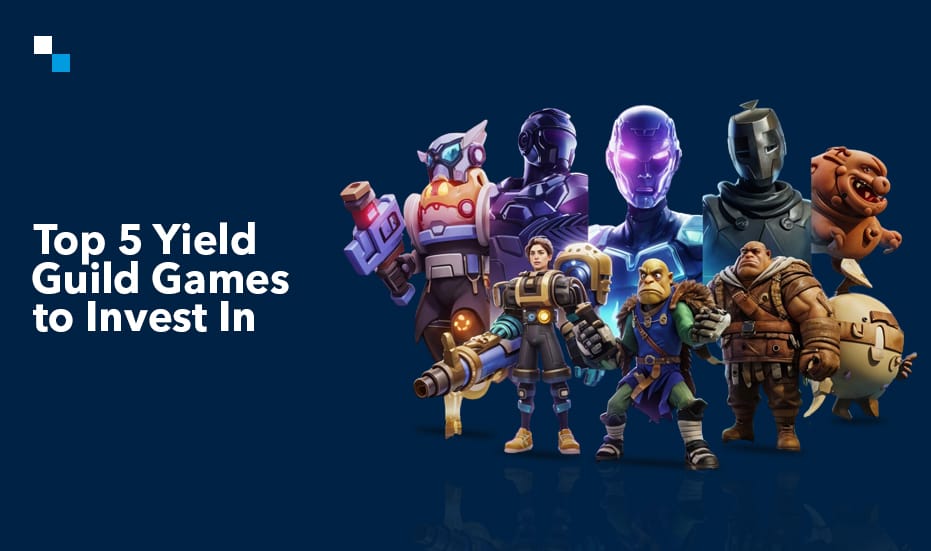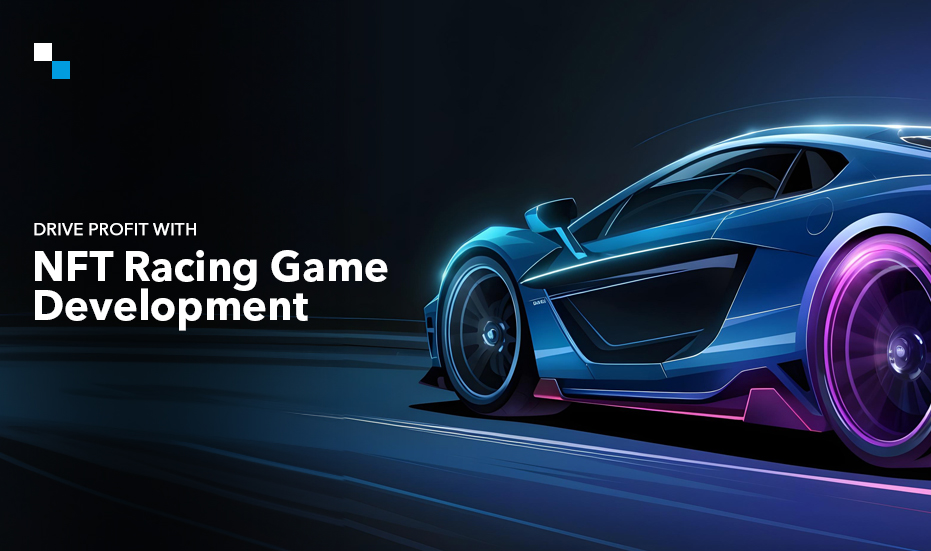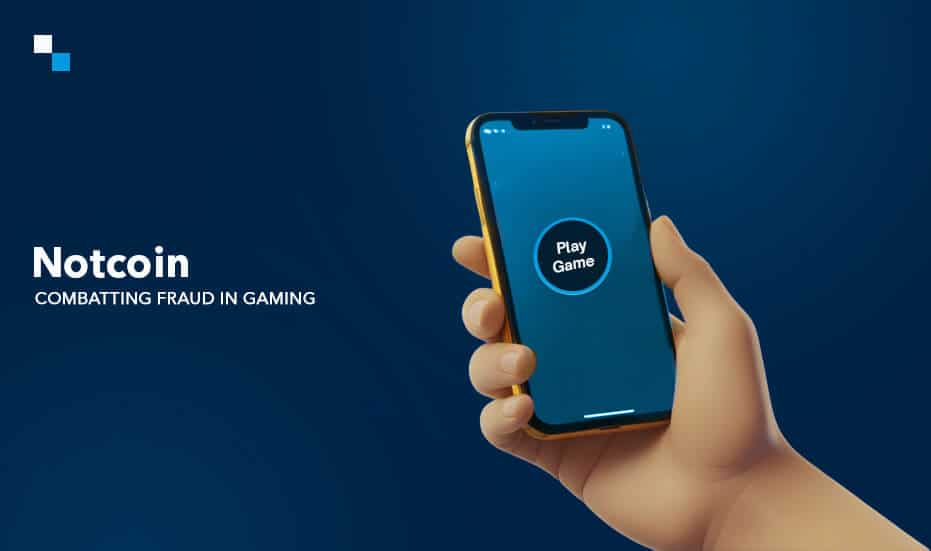
Initial Dex Offering (IDO) – will it replace IEO and ICO?
June 7, 2021
4 Popular Projects Built on Binance Smart Chain
June 8, 2021In the very beginning of 2021, NFTs became a buzzword. However, after the brief surge of interest, the novelty around it seems to be fading. According to Google data, the NFT search volume has plummeted by almost 40% and the monthly trade volumes of certain NFT marketplaces have gone down from $200 million to $100 million. Does this mean one should no longer create NFT token? Interestingly, while the monthly sales have dropped, the number of engaged users is staying steady.
While it is still debatable that the NFT frenzy has settled, it for sure has changed the course of conversation around creativity, community building, and injecting economic markets. That is why experts strongly believe that NFTs are currently building a strong ground for long-term footing. Here are the top 4 NFT trends that can be seen in the near future.
1. NFTs in media and enterprise – Intellectual Property
The fungible token industry faced various problems as it challenges the traditional financial setup. Despite this, both the financial world and the government bodies embraced fungible tokens in different forms. While some financial institutions embraced tokens like bitcoin and Ethereum, government entities started developing CBDCs (Central Bank Digital Currencies).
This is not the case with the media industry. The industry is not heavily regulated, thus it can easily explore NFTs for its benefits. The NFTs can be used to establish intellectual property rights without any conflicts. With content creators like Snoop Dogg venturing into the NFT space, it has been established that the media industry is ready to embrace NFTs.
Interestingly, these creators do not want to indulge in the technology side of NFTs and the demand for professionals who know how to make NFT token is increasing day by day.
2. Generative art
It is a type of artwork that is made by code in which a part or whole is created using an autonomous system. The Generative Art and NFTs go hand in hand because the creators can encode their creation authorship into an NFT.
NFTs provide digital artwork creators a good way for digital artists to access the market. And in that way, they can easily monetize their work.
It could be argued whether the value resides in the final artwork or in the algorithm that generates it. In case you are a generative artist, would require professional help to create non fungible token.
3. NFTs in DeFi
Interestingly, the use of NFTs goes beyond art and finds a good amount of application in the DeFi space to solve the issue of collateralization. Some of the innovative projects are already using NFT art and collectibles as collateral in the DeFi lending ecosystem.
Another DeFi model that is putting NFTs to good use is the issuance of governance tokens. Many projects and marketplaces are already issuing their governance tokens as NFTs.
NFTs can be used in the DeFi insurance space too. Each contract can be converted into an NFT and the owners can then trade these insurance contracts as NFTs in the secondary market.
4. Licensing of Software
The software always requires a personal key as a license. This key is generally a very long string of alphabets, numbers, and characters. However, these keys are often misused or hacked. NFTs can be used to stop this misuse. The user can store it as an NFT in his crypto wallet so that the license key can never be hacked or misused.
To wrap it up
It is evident that the interest in NFTs has continued to grow, and the start-ups and enterprises are aggressively exploring how to make NFT token.
At Antier Solutions, we are a team of NFT development experts who have experience spanning multiple industries. If you are planning to create an NFT or have questions about how to create an NFT token, get in touch with our experts.



